C2.3 - Bacterial Growth
Culturing Bacteria in Lab

- Bacteria studied on media called agar
- Nutrient agar has all nutrients required for growth of most bacteria
- Bacterial colonies form on agar
- Contain millions of individual bacteria
- Characteristic shapes depending on species
Conditions Inhibiting Bacterial Growth
Temperature
- Most bacteria live best at 28-36 °C
- Human take steps to limit bacterial growth by:
- boiling
- refrigerating
- freezing
- pasteurizing
- Animals raise their body temp. to slow bacterial infections
- permafrost: permanently frozen, helps preserve (no bacteria decomp.)
- pasteurization: boil, then cool down to slow bacterial growth
(Lack of) Moisture
- Bacteria must have wet/moist environments to grow
- Lack of moisture = bad for bacteria
- i.e. dehydrated food
Mummification
King Tut Before
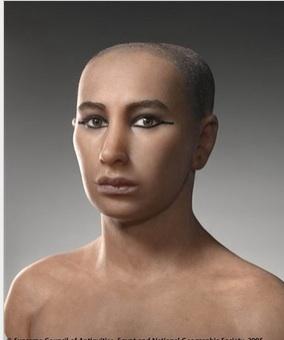
King Tut After 3,300 Years
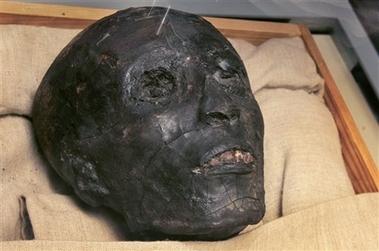
- Body got dark from oxidization
- natron: natural salt in Egpyt used to dehydrate Mummy
- mummia: oil used to preserve mummies
- Moist organs removed
- Mummies protected from tomb robbing
- Key Point: Body was preserved through dehydration and chemical processes
Radiation
- Uses electromagnetic radiation (X-Rays, UV light) and gamma rays
- Interferes with DNA replication and either slows or stops bacterial reproduction
- e.g. irradiated food and water
Chemicals
- Extreme pHs and salts kill bacteria or cause them to go dormant
- e.g. canned foods, salted meats, household cleaners and antibiotic compounds
Bog People
Tollund Man Before

Tollund Man After 2,300 Years
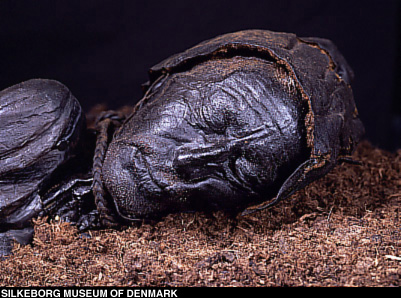
- Bog preserves human
- Tannic acid turned human skin into leather
Bacterial Reproduction
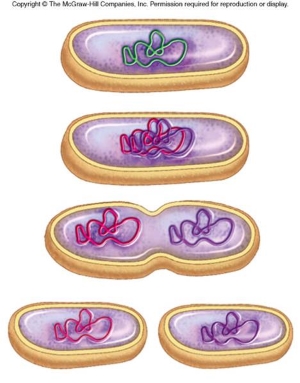
- Bacteria reproduce at exponential rates
- Population doubling by binary fission can occur every 20-60 mins.
- binary fission: seperation of the body into two new bodies
- Bacteria reproduce asexually
- Bacteria can exchange genetic information through conjugation or transformation
Diagram of binary fission:
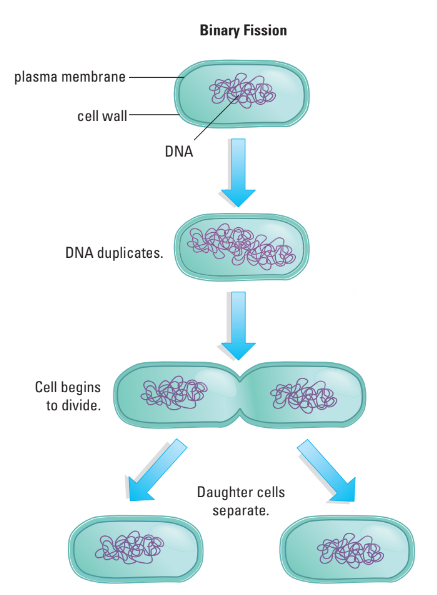
Bacterial Conjugation
- bacterial conjugation: asexual process where bacterial DNA is transferred to another bacterium
- DNA loop called a plasmid transferred
- Plasmid donated to other cell via tube called a pilus
- Plasmid can exist either on its own in cell cytoplasm or integrated into larger, circular chromosome
- Genetic mutations and DNA transferring causes strains like multidrug resistant TB
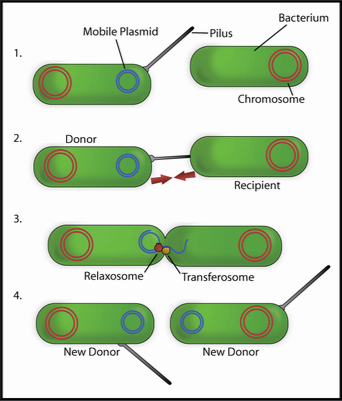
Other Methods of Bacterial Surival
- transformation: bacteria take up pieces of DNA from environ.
- sources: nearby dead bacteria
- transduction: bacteria receive new genetic material from bacteriophage injection
- endospore: dormant stage of bacteria
- when resources too limited
- thick internal wall circles DNA and small amount of cytoplasm
- outer cell disintegrates
- can absorb water and grow again when environ. more favourable
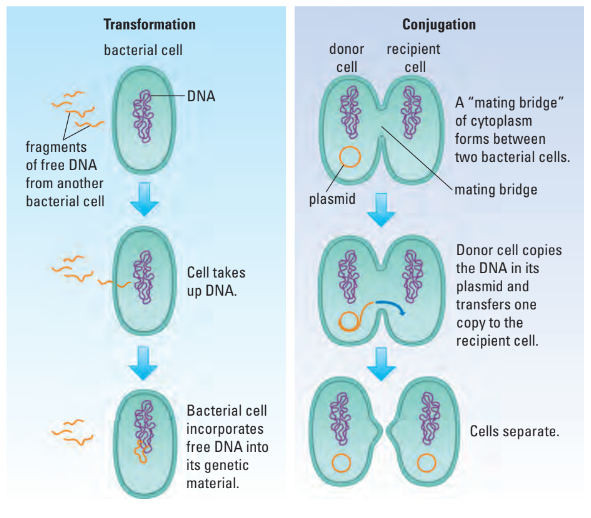
How Do Bacteria Communicate?
- quorum sensing: the use of chemical signals by bacteria to communicate with each other
- Allows bacteria to act in unison, like a multicellular organism
- Quorum sensing controls:
- virulence: degree to which bacteria can infect its host
- biofilm formation
- DNA exchange
- Significant for medicine, leading to develop new antibiotics that target this communication system